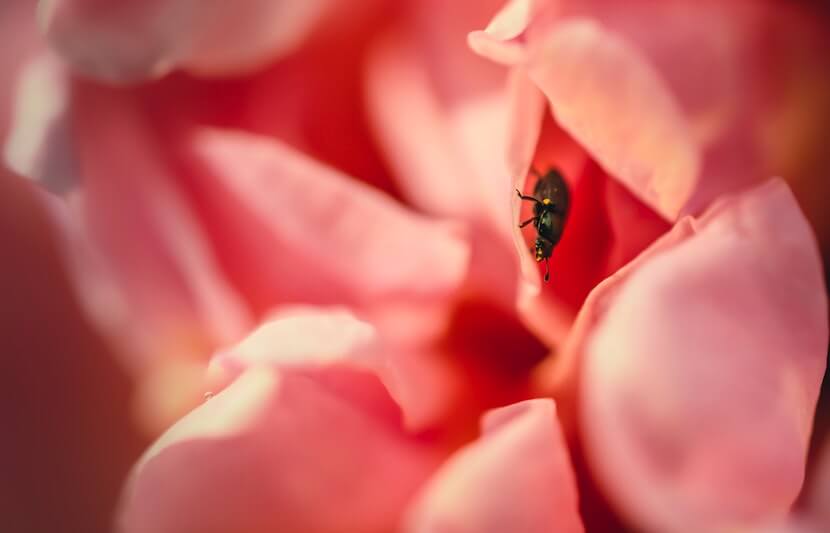A team of researchers from the University of Texas at Dallas and Penn State University has developed a surface that can rapidly collect water molecules from fog and air vapor and direct them toward a reservoir along lubricated microgrooves.
The researchers drew inspiration for the design of their “hydrophilic directional slippery surface,” or SRS, from the process by which living organisms such as desert beetles, pitcher plants and rice leaves naturally collect and direct water.
“Existing processes for creating fresh water, such as desalination, rely on the transition from vapor to water,” Simon Dai, assistant professor of mechanical engineering in the Erik Jonsson School of Engineering and Computer Science at UT Dallas, said in a statement. “We wanted to create a surface that can both capture and direct water droplets efficiently.”
The full study is published in the journal Science Advances.
The Inspiration
In designing their technology, the researchers examined some of the best water-harvesting techniques in nature.
In particular, they observed hydrophilic surfaces on the shells of certain desert beetles and on pitcher plants and rice leaves.
“Desert beetles used hydrophilic bumps to absorb water droplets from fogs, and also used patterned hydrophobic waxes to remove those droplets for drinking,” said Dai.
While the hydrophilic bumps on desert beetles demonstrate how to collect and combine water droplets from the air, the slippery surfaces of pitcher plants and the miniscule directional grooves on rice leaves demonstrate how to quickly direct the water droplets toward a reservoir.
The combination of these natural designs creates a surface capable of both capturing and directing water droplets efficiently.
The second part — directing the water droplets — is critical because it ensures that no water is lost to evaporation during the harvesting process.
“We found desert beetles cannot fully use the surface because the hydrophobic domains are not good,” said Dai. “Therefore, we developed a surface that can be fully utilized for water capture, and in the meantime can remove the harvested water rapidly, so we need a hydrophilic and slippery surface.”
The Technology
The researchers constructed a surface and etched directional, nano-sized structures into it. They then coated the surface with a hydrophilic liquid lubricant.
“We found through simulations that molecules that attract water — or hydroxy functional groups — are the most efficient in capturing water droplets,” Steven Nielsen, associate professor in the Department of Chemistry and Biochemistry at UT Dallas and co-author of the study, said in a statement. “That’s why we used hydrophilic lubricant.”
The researchers had to ensure that once applied to the surface, the lubricant would be uniformly retained and that it would not mix with the water.
The lubricant serves a dual purpose by attracting water and creating a slippery surface, so the water droplets that form can easily move down and combine to make larger droplets.
“We infused our directional rough surfaces with hydrophilic liquid lubricant that is molecularly mobile, so it can help the collected water coalesce into larger drops,” Dai said in a statement. “Furthermore, the material is scalable. Unlike the beetle-inspired surfaces where water droplet creation only occurs in specific areas, we can create small or large surfaces, all with the ability to trap and move water quickly everywhere on the surface.”
The combination of directional grooves and the hydrophilic slippery surface proved to be more effective at capturing and directing water droplets than comparable surfaces.
Hydrophilic, or water-attracting, surfaces like the SRS can be used for a number of purposes and industries, such as air conditioning, dropwise condensation for power generation and desalination, and water harvesting in arid regions.
What’s Next?
The researchers have already filed a patent on the SRS, and as they move forward, will continue to look for ways to improve it for real-world application.
“We plan to manufacture the SRS in a larger scale,” said Dai. “Our group’s future research includes the development of a durable material for water harvesting in a low humidity.”



